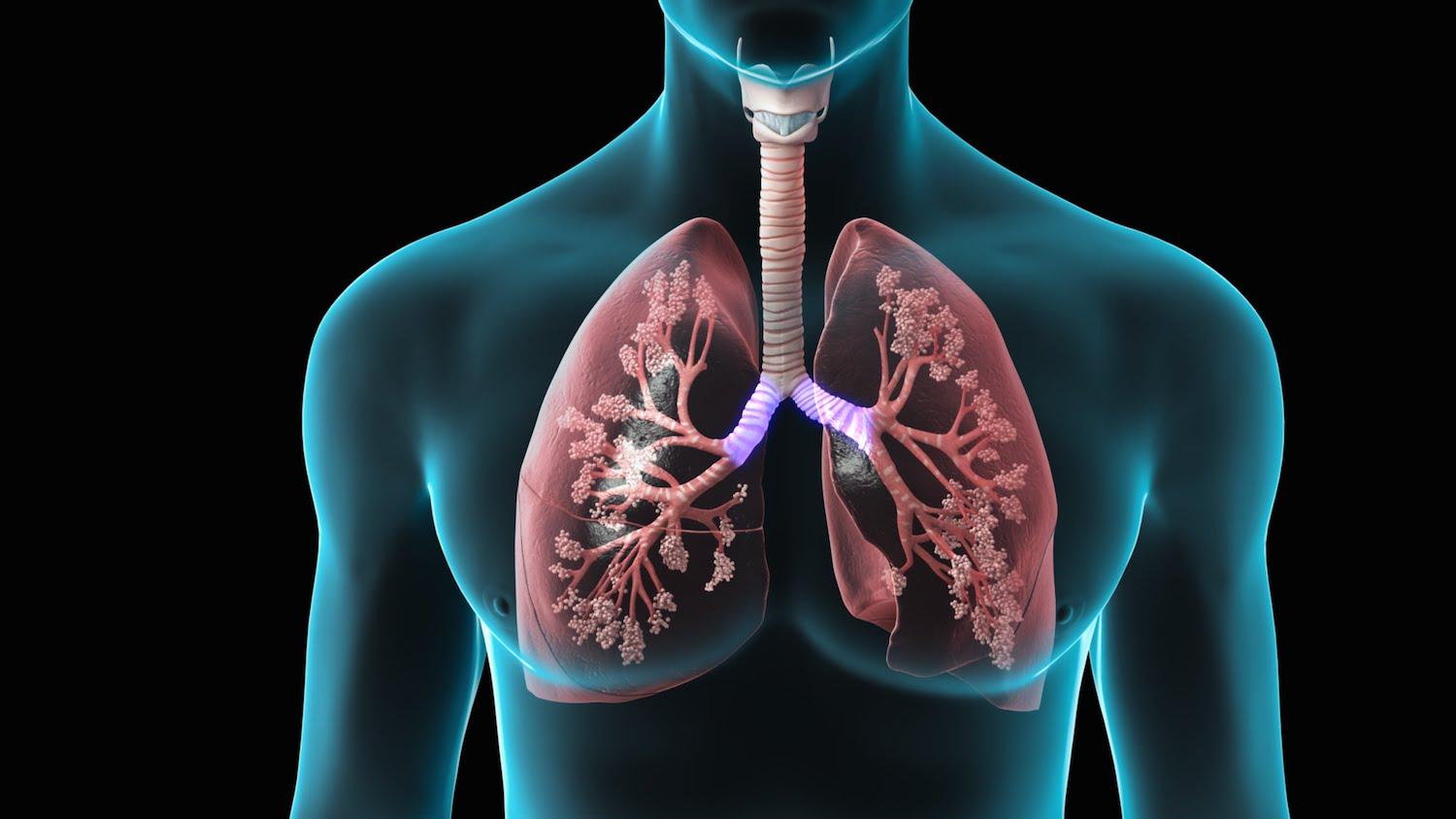COPD is a progressive lung disease that makes it hard to breathe. Over time, COPD gets worse and the lungs lose their ability to fully inflate and deflate properly. This damages the lungs and weakens the muscles that help with breathing. As COPD gets more severe, even minimal physical activity can become very tiring. There is no cure for COPD, but treatment can help manage symptoms, slow its progress, and relieve coughing, wheezing, and breathlessness. This article will explore the latest COPD treatment options available.
Medications
The primary medications used to treat Chronic Obstructive Pulmonary Disease (COPD) Treatment are called bronchodilators because they help open or dilate the bronchi and bronchioles in the lungs. There are two main types - short-acting and long-acting. Short-acting bronchodilators are used as needed for sudden symptoms like coughing or wheezing. Long-acting bronchodilators provide around-the-clock symptom relief and help prevent flare-ups. Some common bronchodilator medications include albuterol (ProAir HFA, Proventil HFA, Ventolin HFA), ipratropium (Atrovent HFA), tiotropium (Spiriva), or a combination of ipratropium and albuterol (Combivent Respimat).
Corticosteroids are another type of inhaler medication used to reduce airway inflammation in COPD. Inhaled corticosteroids alone are not usually very effective for COPD but may help when combined with a long-acting bronchodilator in the same inhaler. Common combination inhalers include fluticasone propionate/salmeterol (Advair Diskus, Advair HFA), budesonide/formoterol (Symbicort), or mometasone furoate/formoterol (Dulera).
Oxygen Therapy
When COPD causes low oxygen levels in the blood, supplemental oxygen therapy may be needed. Oxygen therapy improves symptoms of shortness of breath and fatigue by increasing oxygen levels in the blood. It can be prescribed for use at home as well as during activity or travel. There are a few options for oxygen delivery including portable oxygen concentrators, liquid oxygen, and oxygen cylinders. Oxygen levels are monitored by a device called a pulse oximeter that clips onto the finger.
Pulmonary Rehabilitation
Pulmonary rehabilitation is a comprehensive, non-drug treatment program that helps improve lung function and quality of life in people with COPD. It involves exercise training, education, and behaviors changes. The goal is to teach breathing techniques, maximize function in daily activities, minimize shortness of breath symptoms, build upper body and core strength, reduce stress and anxiety, quit smoking, and improve nutrition. Exercise training uses intervals of activity and rest while receiving oxygen support if needed. Studies show pulmonary rehabilitation improves exercise tolerance, reduces hospitalizations, and lessens anxiety and depression in COPD patients.
Surgery
For certain patients, lung volume reduction surgery (LVRS) may provide relief of breathlessness by removing parts of badly damaged lungs. This allows the healthier parts of the lungs to work more efficiently. However, LVRS is a major surgery reserved for severe COPD cases because it does carry risks. Less invasive options also exist like bronchoscopic lung volume reduction, which uses one-way valves implanted in the airways to block off diseased areas of lung. Lung transplantation may also be considered for some individuals when other treatments no longer control symptoms.
New Therapies
Research is ongoing to develop better treatments for COPD. Several new therapy types are showing promise:
- Inhaled medications combining three drug classes (bronchodilator, anti-inflammatory, anti-mucus) in one inhaler aim to more comprehensively treat COPD pathology.
- Bronchial thermoplasty uses controlled radiofrequency energy delivered through a bronchoscope to reduce excess muscle in the airways. This prevents spasms that obstruct airflow.
- Stem cell therapy research explores regenerating damaged lung tissue by directly injecting or transplanting lung stem cells.
- Personalized treatment approaches analyze a person's genetic variations and biomarkers to identify the most suitable medications and interventions. This "precision medicine" may yield superior symptom control.
COPD treatment relies on combination inhaler medications, oxygen supplementation, pulmonary rehabilitation exercise training, and potentially surgery in very severe cases. New therapies on the horizon could provide more targeted treatment strategies to better manage COPD progression and symptoms over the long-term. Advancing diagnosis and management of COPD remains an important area for improving quality of life for millions of sufferers worldwide.
Get more insights on this topic: Chronic Obstructive Pulmonary Disease (COPD) Treatment



